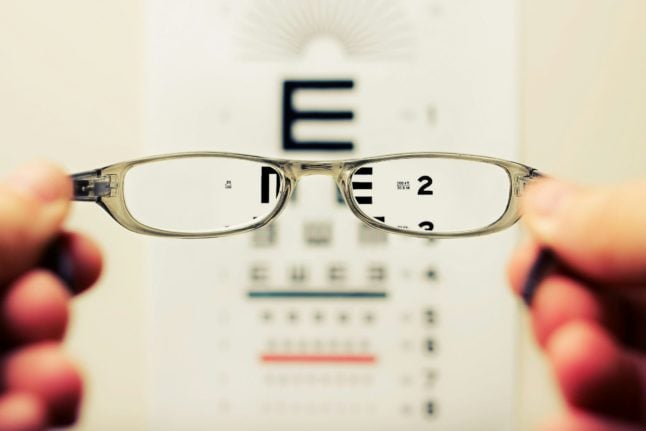On Wednesday November 18th, the Federal Office of Public Health (FOPH) detected a total of 6114 new cases over the past 24 hours.
There were 85 deaths and 261 hospital admissions nationwide.
The new numbers came from 30,229 tests – meaning there was a 20.2 percent test positivity rate – another major concern for Swiss authorities.
#CoronaInfoCH #Coronavirus #COVID19
18.11. Aktueller Stand sind 280'648 laborbestätigte Fälle, 6'114 mehr als am Vortag. Gemeldete Tests: 30'229 in den letzten 24 Stunden.https://t.co/nYgsunfIcQ pic.twitter.com/OYrKcggy7o— BAG – OFSP – UFSP (@BAG_OFSP_UFSP) November 18, 2020
The Health Directors’ Conference (GDK) told 20 Minutes that the “unstable” situation indicated people may not be complying with the rules.
“We still have to be very attentive and, first and foremost, ensure that hygiene and distance rules are observed,” a spokesperson said.
The following map shows the new infections per 100,000 residents up until Tuesday, November 10th (scroll over for numbers and canton name).
READ How does Switzerland decide a country is 'high risk'?
German-speaking Switzerland now also hit
In the early days of the pandemic, Latin Switzerland – i.e. the French and Italian-speaking regions – were much more heavily hit than the German-speaking parts of the country.
Coronavirus in Switzerland: Why have the French and Italian-speaking regions been so hard hit?
In July and August, Geneva and Vaud bore the brunt of rising infections – while most of German-speaking Switzerland avoided the worst of the pandemic.
As can be seen through the new numbers however, cases are rising throughout the central, northern and Eastern parts of the country – all of which are primarily German-speaking.
Ticino, which borders Italy and at one point had the highest number of deaths and infections, has been comparatively spared as at mid-October.
Why are infections increasing?
Marcel Tanner from the Swiss Government's federal task force, said a major reason was complacency.
“People are struggling more and more to consistently adhere to the measures. In addition, mobility and – especially during the autumn holidays – travel activity in the country itself has increased.”
Epidemiologist Emma Hodcroft told 20 Minutes that declining temperatures may be behind the rising rates.
“In the last week and a half, the temperatures have dropped significantly. I wouldn't be surprised if this changed people's behaviour,” she said.
“You meet more friends inside, close the windows and heat the interior. All of this could lead to a higher risk of infection.”



 Please whitelist us to continue reading.
Please whitelist us to continue reading.
Member comments